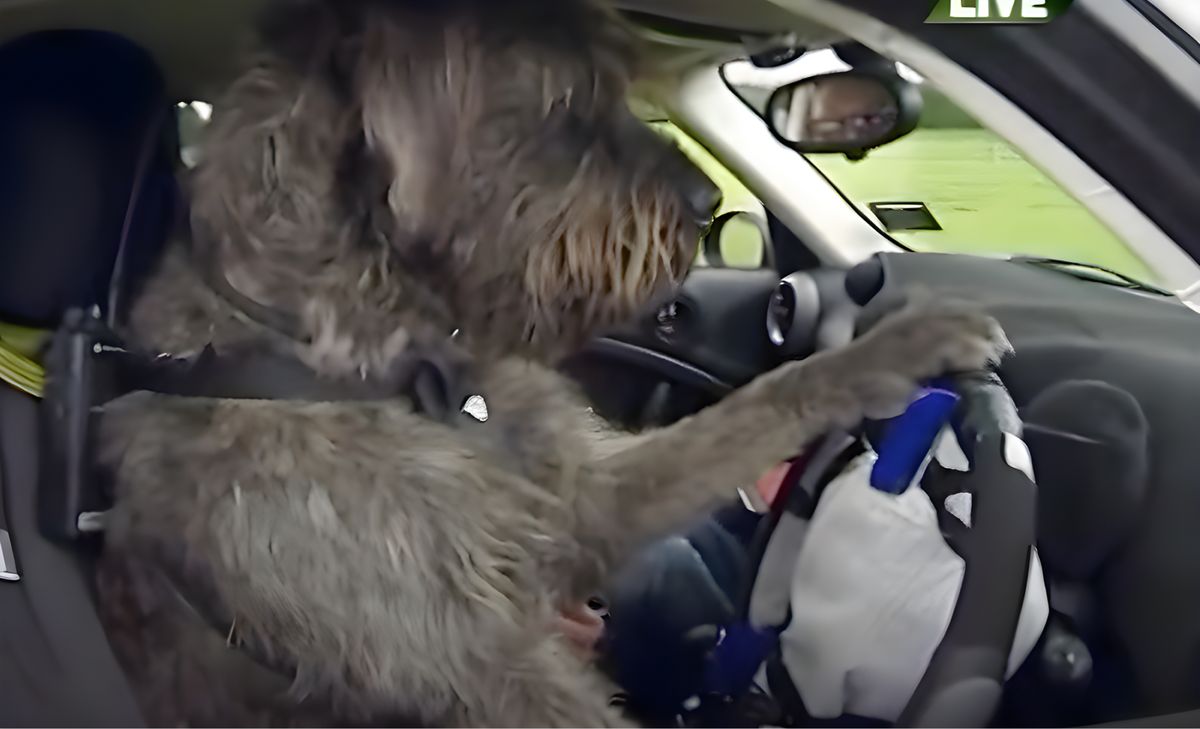Behaviour modelling: How to make dogs drive cars and users click buttons

Introduction
Who would have thought that dogs could be taught to drive cars or that double the amount of users would click a button just through a simple design tweak.
Behaviour is fascinating. Not only can we research, analyse and understand behaviour, it is possible to then actively and deliberately change it. It isn’t easy or quick but if you get it right the results can be incredible. But human behaviour has deep, complex motivations and meanings which is why it’s vitally important to have at least one person involved in your project who has a solid background in psychology.
A good starting point for understanding behaviour is the work of BJ Fogg. His behaviour model states that three elements must converge at the same moment for a behavior to occur: Motivation, Ability, and Trigger. When a behaviour does not occur, it means that at least one of these key elements is missing.
Dogs driving cars
Take a look at the following video, yes they really are dogs driving cars!
In the video of cars being driven by dogs we can clearly see all three elements that cause the desired behaviour. The dog’s motivation is to get a treat and please it’s trainer. It has the ability to press the buttons. And the trigger is the command given by the trainer. If any of these elements were missing the trigger would fail.
BJ Fogg’s behaviour model
Motivation + Ability + Trigger = Success or Failure
Making people click buttons
Enticing users to click buttons is a lot more difficult but it follows the same principles of people having the motivation to click to the next step, the ability and the trigger. The only certain way to know which is not being fulfilled is to conduct user research and if you have the budget include eye tracking as eye movements are directly linked to the brain and can tell the researcher more detailed information about what’s really going on inside the user’s head. It allows the analyst to know precisely where the user is looking (what grabs their attention and interest that should/shouldn’t be), for how long and in what order. Don’t confuse this kind of research with basic usability testing. This kind of behavioural insight research needs highly qualified specialist researchers who understand and can successfully analyse and interpret human behaviour with interfaces. Contact professionals.
The researcher will identify what is stopping the desired behaviour from occurring. For example, if you have very high traffic on a page but not many people converting, the researcher would investigate the underlying causes. It could be that a vital piece of information required by the user in their decision making process to buy from you is missing or that the process of purchasing from you doesn’t meet their expectations based on similar experiences with competitors.
Psychological buying process
The best ux designers understand psychology. We use research findings to identify and add psychological triggers and persuasive elements that are needed to convert people into buyers. UX design should never be confused with traditional design. It is only by understanding the user completely that we create designs that work. Once we understand and then meet the user’s psychological needs and desires, we can turn them into a buyer (see above diagram).
You might also like:
Share this post:

